When someone taking a gander at your enormous size and profoundly conditioned musculature inevitably asks, “How much can you lift?” they are categorically talking about your bench press. They're not talking about you seated behind the neck press or close-grip lat pull-downs – not even a dead lift or a squat! They want your bench. Hence, the first order of business for many budding muscle heads cinching up a lifting belt is, what can I do to increase my bench press? They don't much care about bench press benefits, bench press muscles used, or bench press form (and will inevitably have the scars to prove it). Some don't even care if it's an Olympic bench press or on a simple bench press machine, they just want to increase their bench press.
This poses an odd conundrum in the lifting world because one can conceivably bench press 300 pounds as well as one can look like they can bench press 300 pounds. Yet, both are not necessarily mutually inclusive. And therein lies the rub.
Do you want to look like you can bench press 300 pounds, or do you actually want to be able to truthfully say that you can bench press the 300 pounds?
What you probably should do is both. The optics of weight lifting, particularly in bodybuilding, are at best a bit nebulous, and subjectivity always seems welcome; the last thing we need is more.
The ardent weight lifter – the real weight lifter – is going to want to be able to look that 300 pounds in the eye and tell the truth.
The essence of such a truth is evinced, in this case, with a rare, measurable, ability - a physical number - that can – if it's high enough – be proud to say. And in such a case, the so called “chest puffing” will be as justifiable as it is a deserved physical pronouncement of the claim. So, if you are to follow the established dictum of the bodybuilderatti, “more is more,” then it's onward and upward you go.... You pretty much have no choice.
At some point down the iron road, even if you're doing things only marginally right, someone is inevitably going to have a look at you and ask how much you can lift.
Then that's it. You're done. You've been consumed by our group's dynamic. You're going to make it a point to increase your bench press and arrive at a number that is justifiably awesome. You just have to know how. So, I'm going to give you three proven training methods – right here, right now, for free - that you can start using immediately to focus directly on your bench press muscles and increase your bench press. If you employ these training principles correctly, (with adequate rest and nutrition) and your bench press doesn't increase, then it's not going to.
Buy a Slingshot
A Slingshot is a devise that acts as an assist in your bench press so that you can handle bigger weights, with good bench press form. It's essentially a wide band of elastic material with a cuff on each end, into which you stuff your arms up past the elbow. Then you can either grab a pair of dumbbells or use a bench press machine, or olympic bench press, and lay down. When you lower the weight, the band stretches across your chest and acts as a kind of spring that gets loaded up with potential energy as it's stretched. It unloads as kinetic energy as you push upward on the weight, assisting your bench press the most at the weakest point of the movement (at the bottom) and gradually assist less as the band slackens while you lock out. The concept being, that you're getting the benefit of the negative movement with more weight than you can lift, and you're getting an assist out of the hole where you need it the most.
Partial reps in a power rack (lock outs)
With a flat bench positioned in the power rack, set the stops so that the bar rests at a point where you have just the lock out part of the movement left – about the last quarter of the rep. Load up the bar with your max bench and, using good bench press form, grind out as many lock out reps as you can. Believe it or not, you'll probably get six – eight of them. Add weight as you do more sets until you fail.
Negatives
You're going to need two people to help you with this one. Using the same set up in the power rack, this time set the stops so that the bar stops as close to your chest as possible without touching. Load up the bar with your max bench. Have your spotters positioned on either end of the bar. The object here is for them to lift the bar to your lock out position and let go. You lower the weight, again using good bench press form, to a slow, six-count cadence until it hits the stops. As soon as it hits, your boys hoist it up for you again. You'll probably get another six-eight reps before the bar crashes uncontrollably onto the stops, marking the end of the set.
If you really are intent on increasing your bench, and that is going to be your focus, then every chest day is going to focus on bench press muscles, and you should probably hit it twice a week, employing the exercises and techniques mentioned above, with at least three – four days in between to recover.
The object of every workout is to make the bench press muscles fail – to handle loads beyond your ability.
This is how we send the message to our bodies that the current musculature is inadequate to accommodate the stress being inflicted upon it. Bench press benefits, at this point, i.e., “strength,” is a matter of survival as far as your body is concerned. Make it fail, support super-maximal loads, rest, recover and make sure you're well nourished, After several weeks of this style of overload training and progressive resistance (increasing weight), take off the Slingshot and go for your PR. You'll break it.

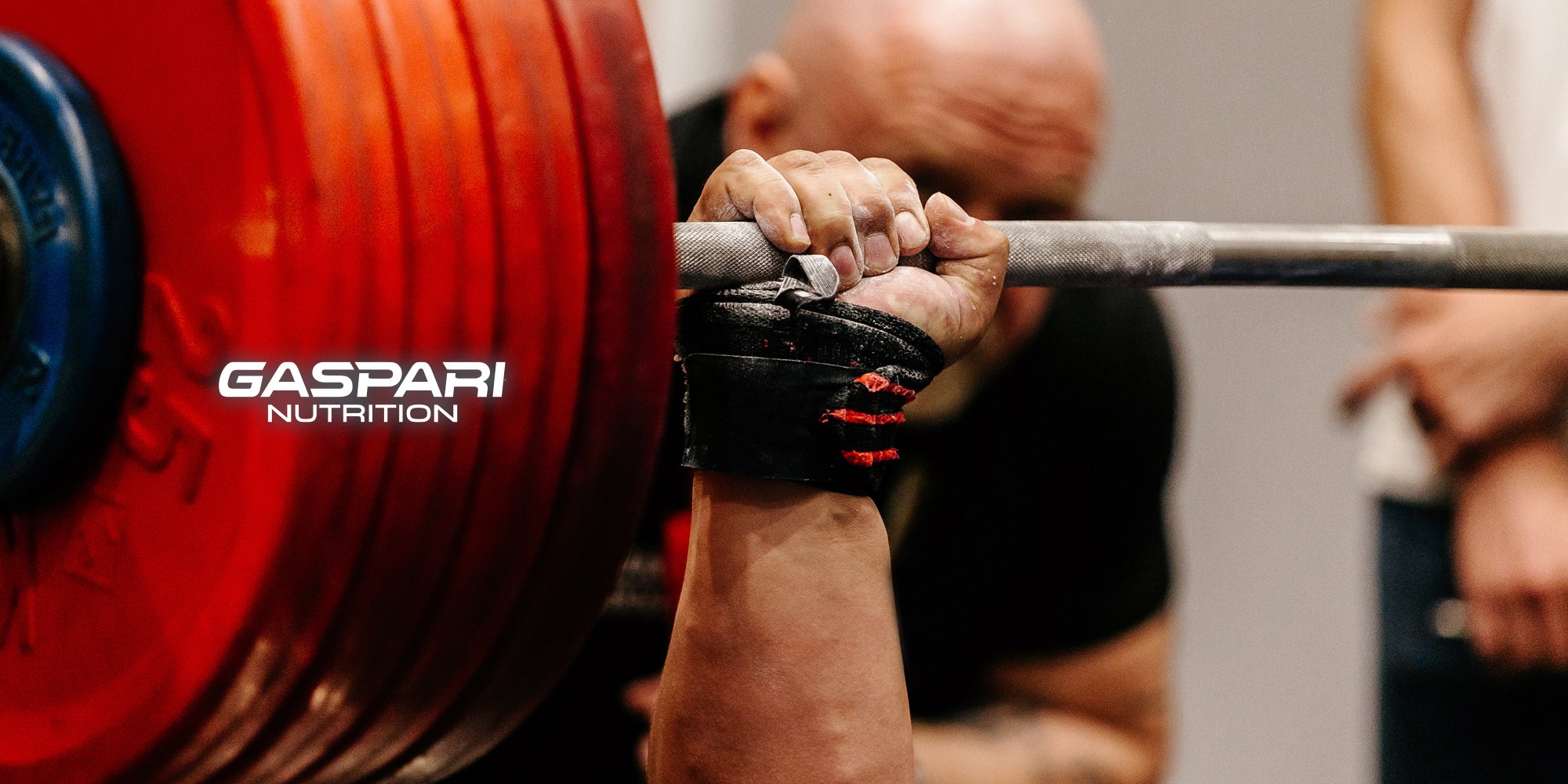


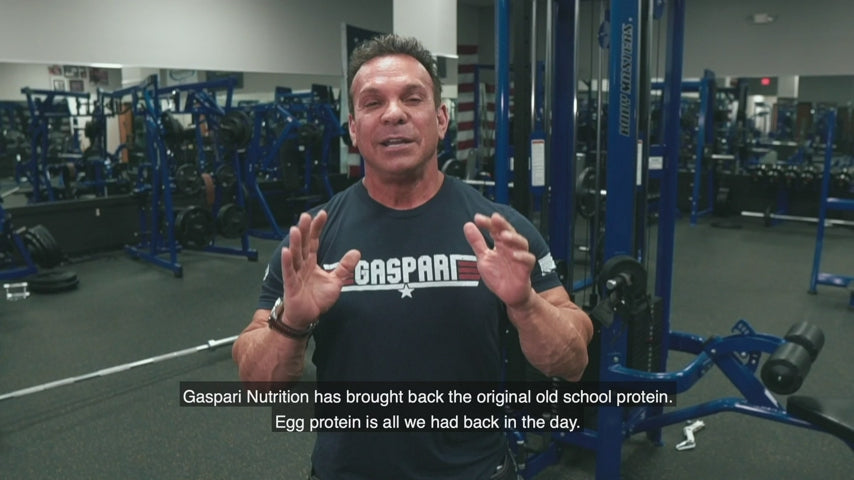




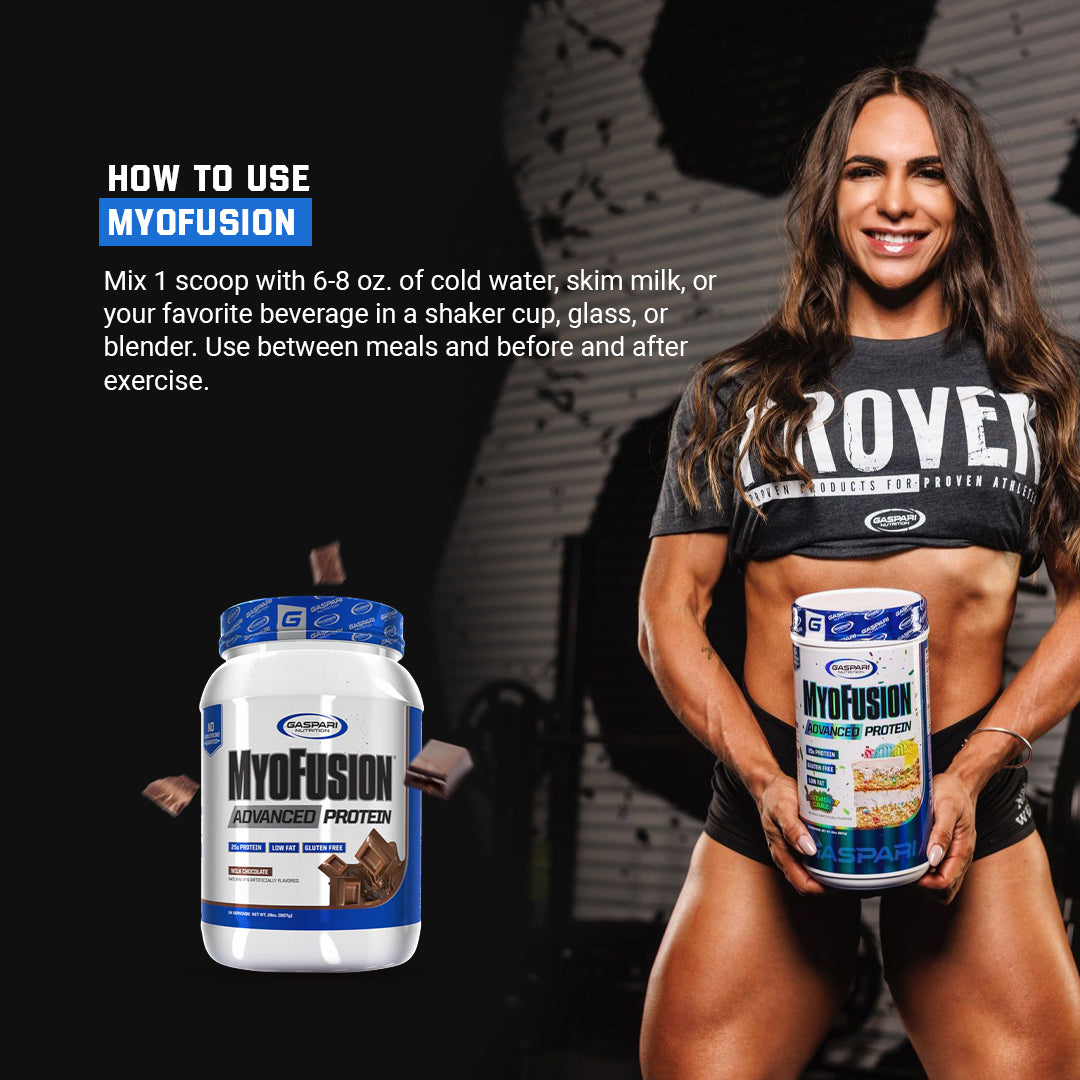


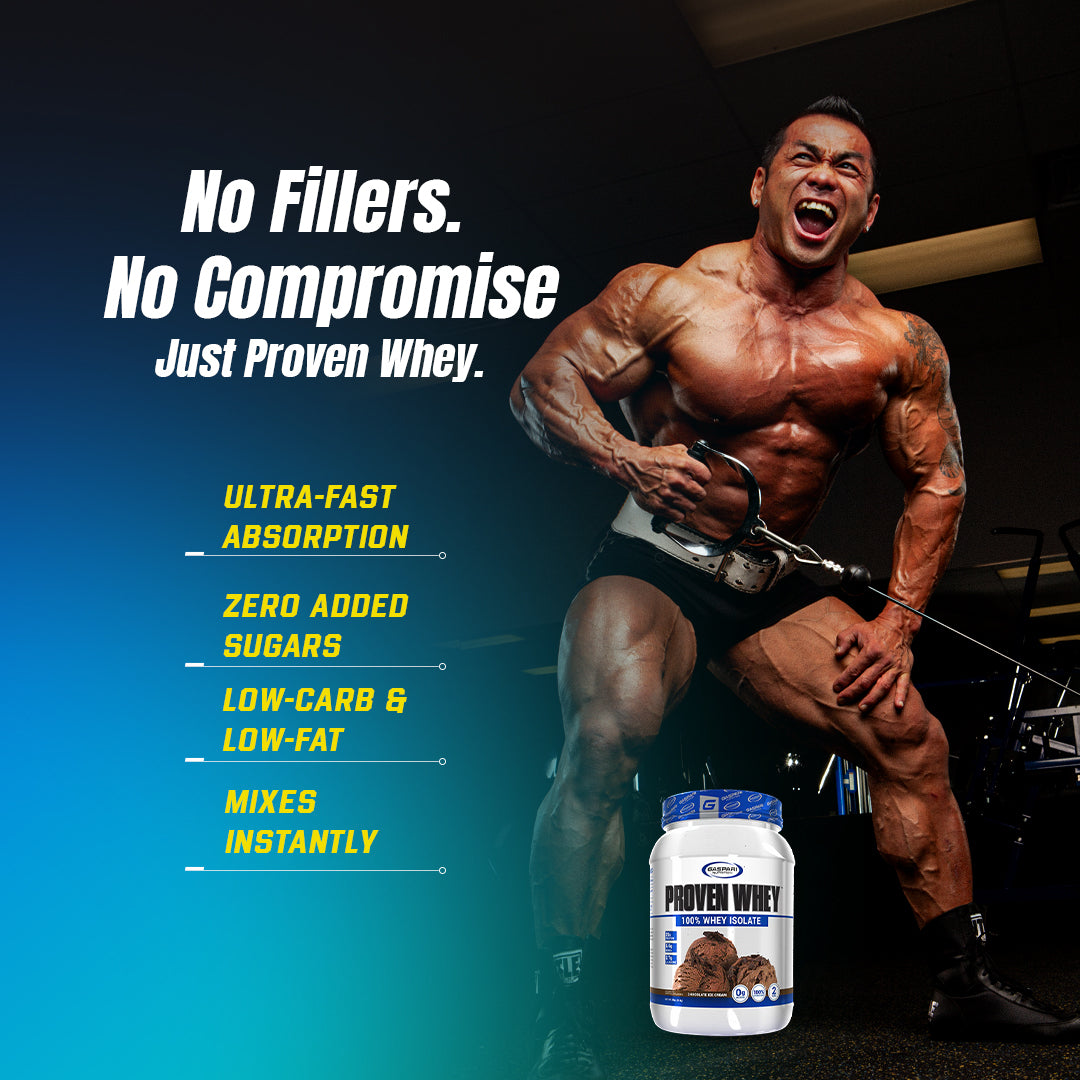






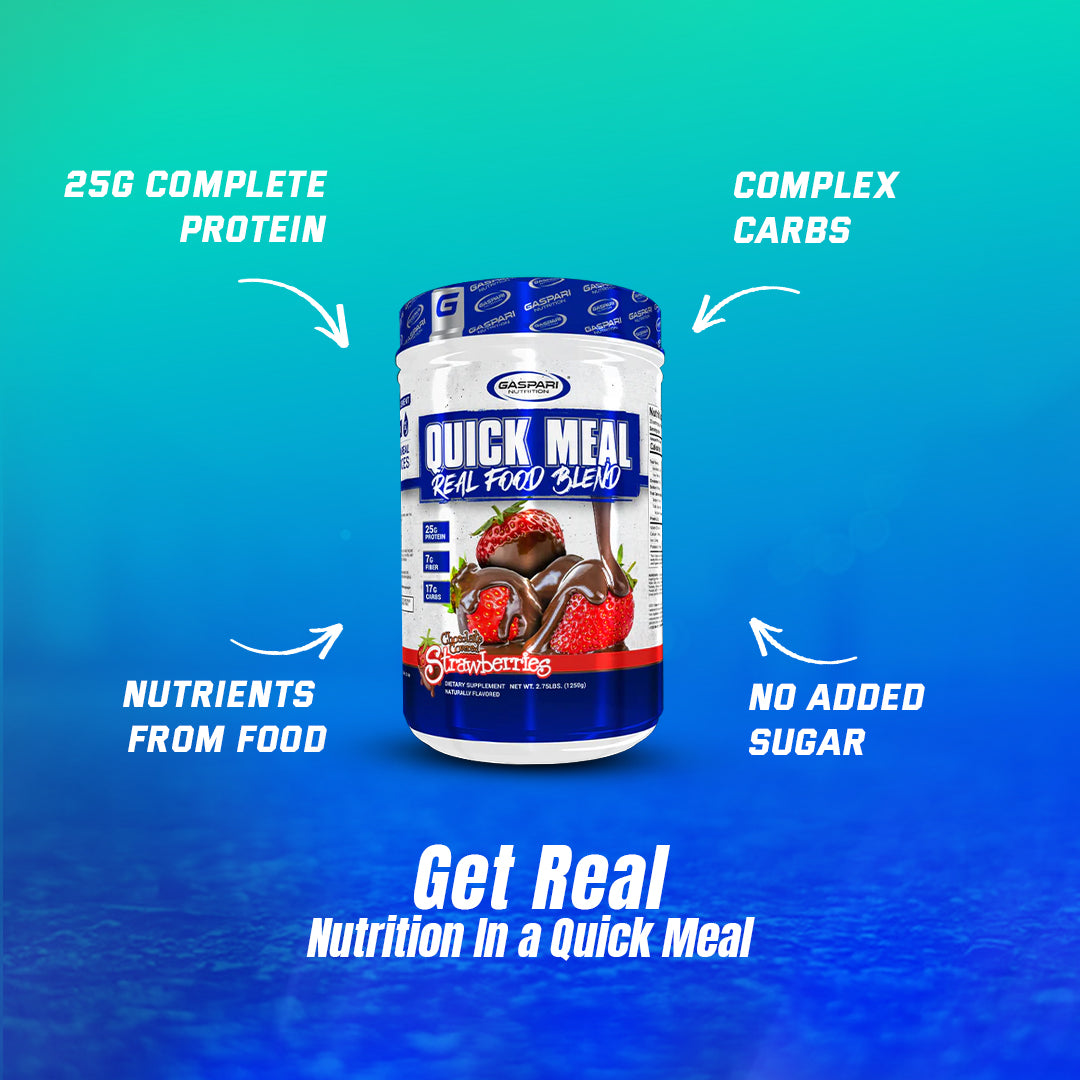
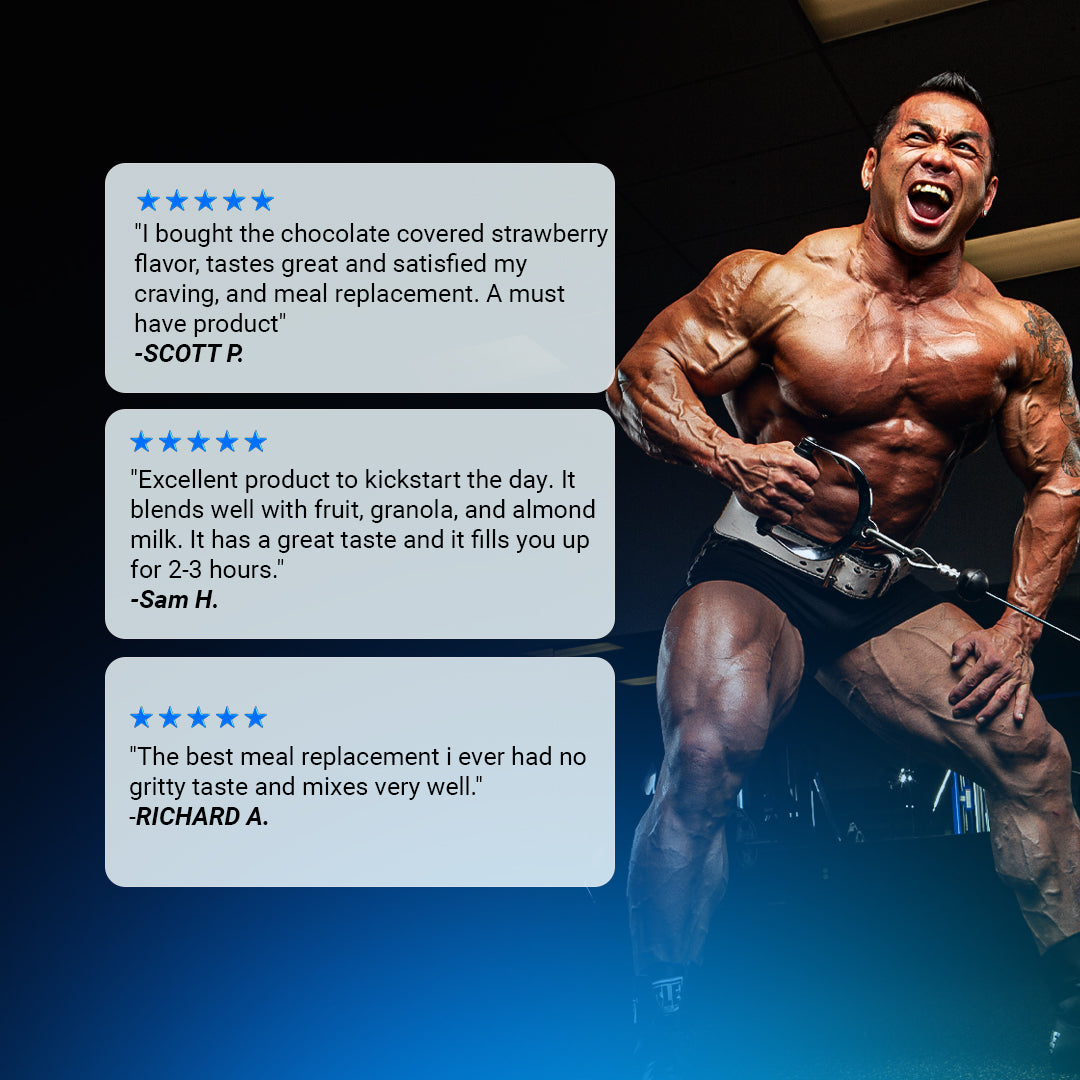
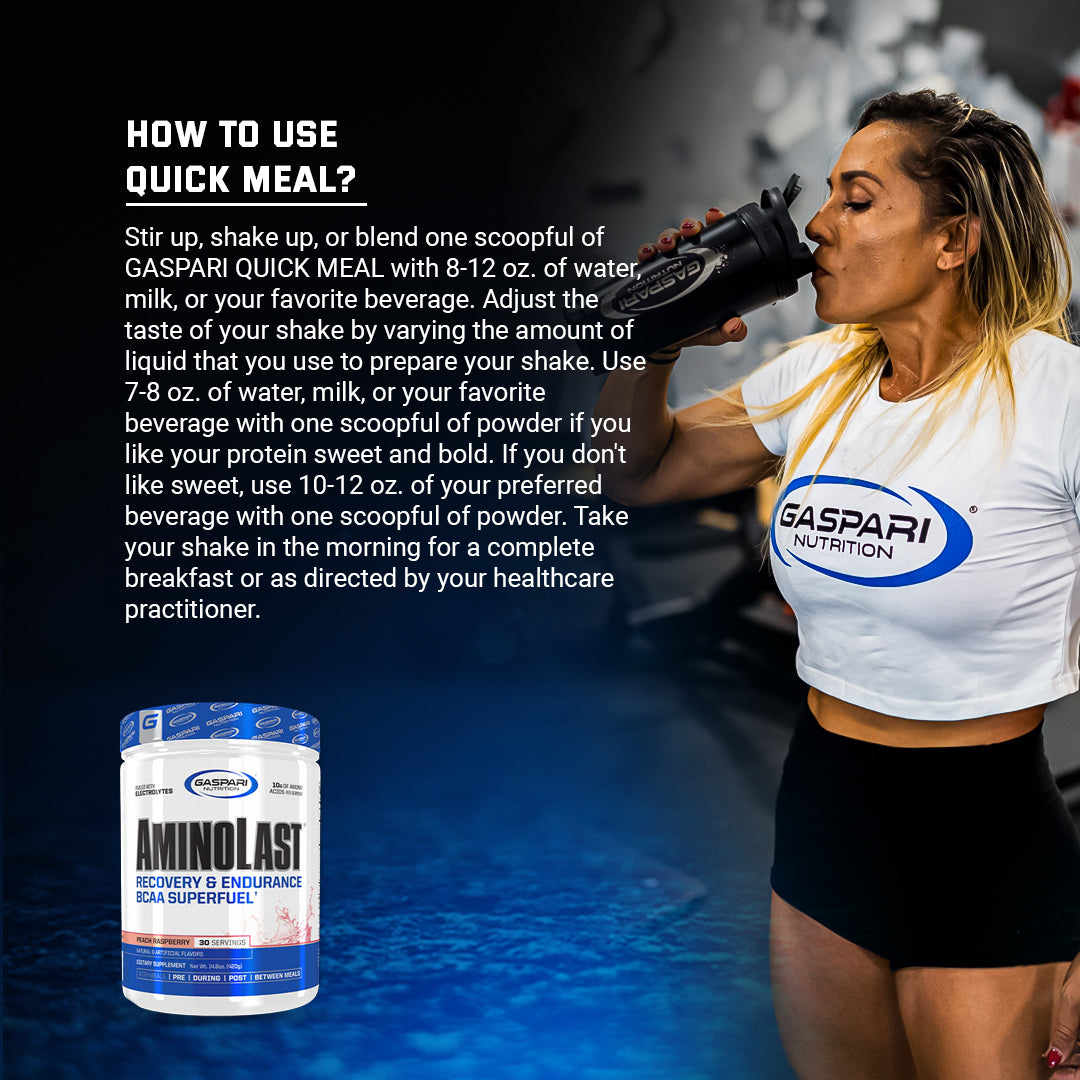

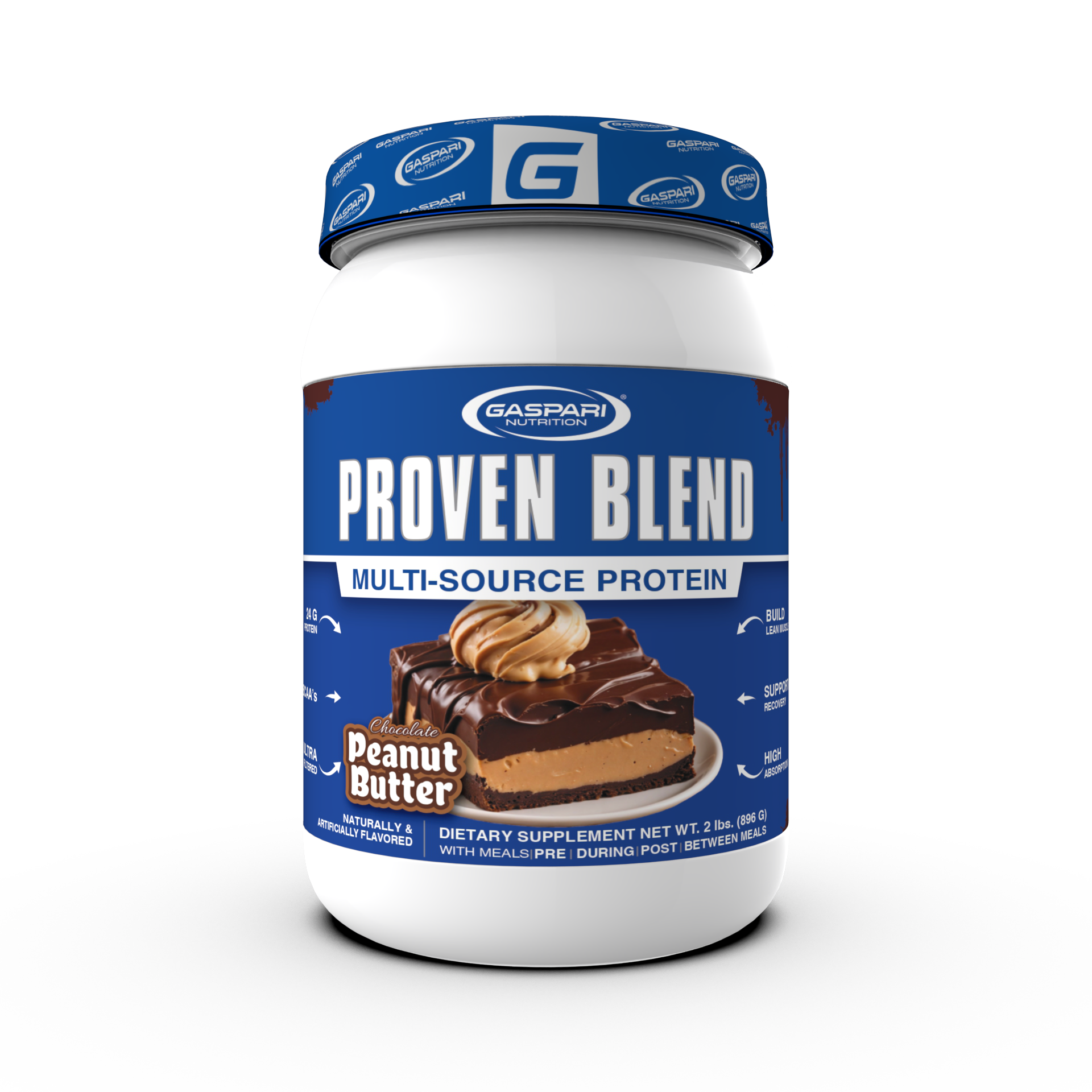


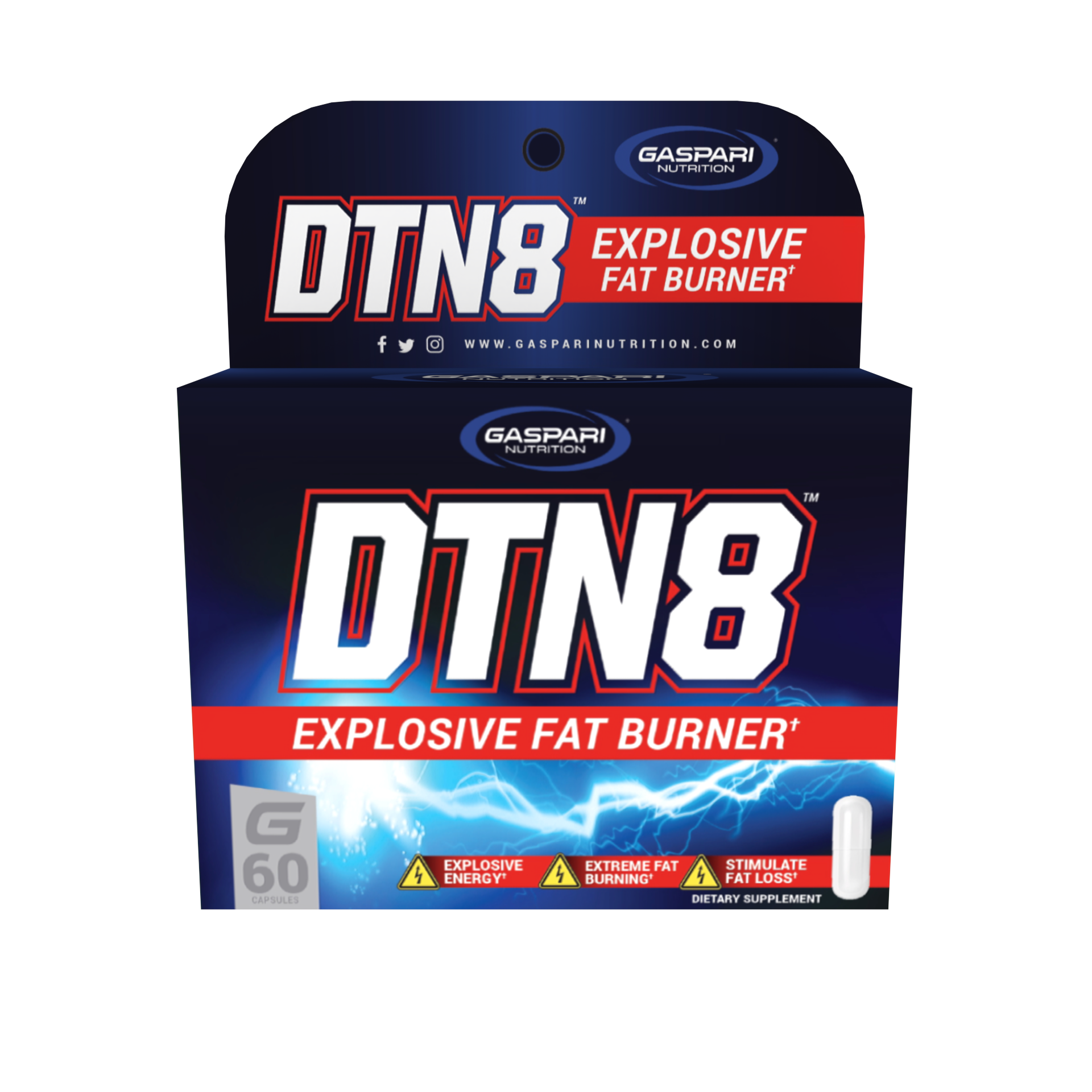

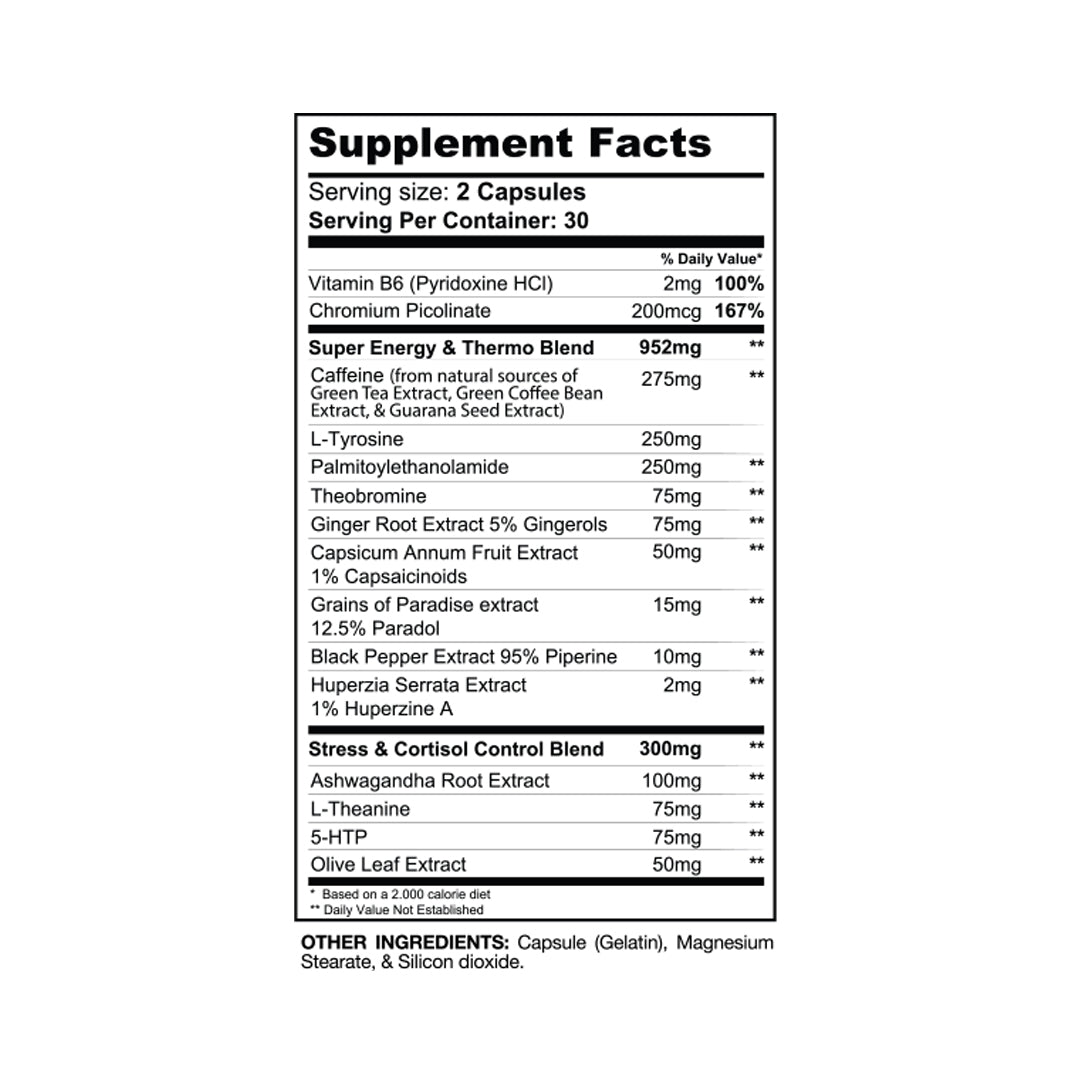
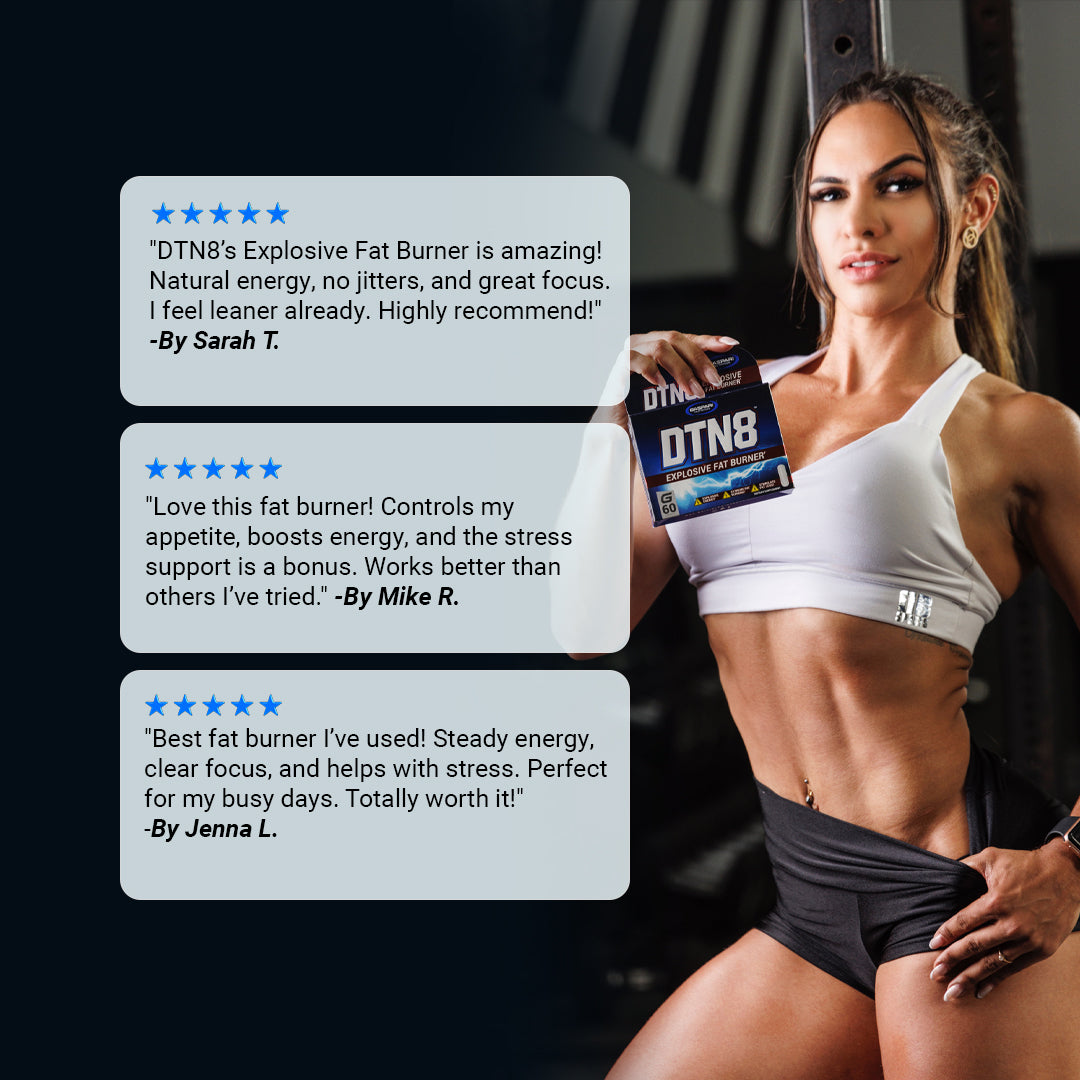






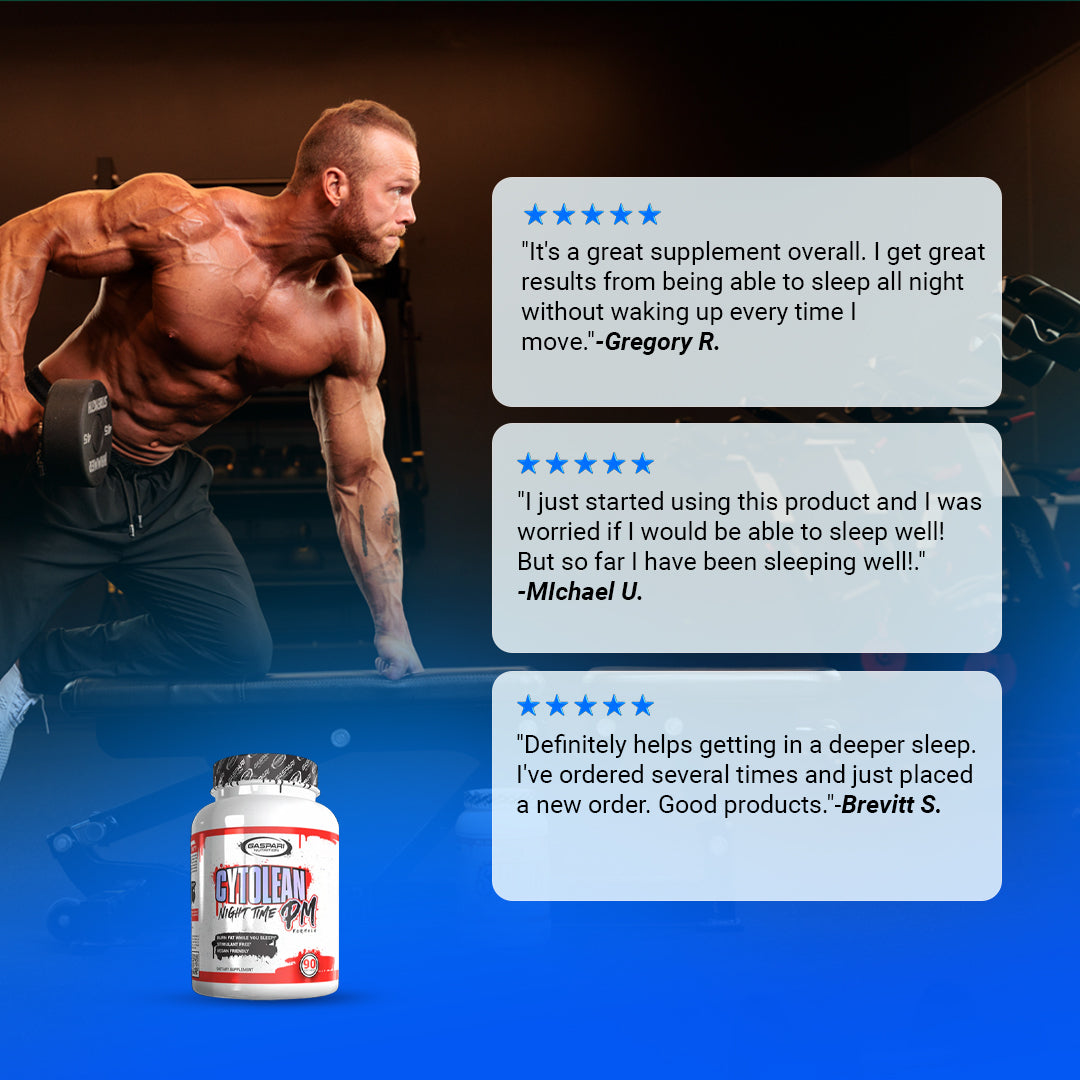


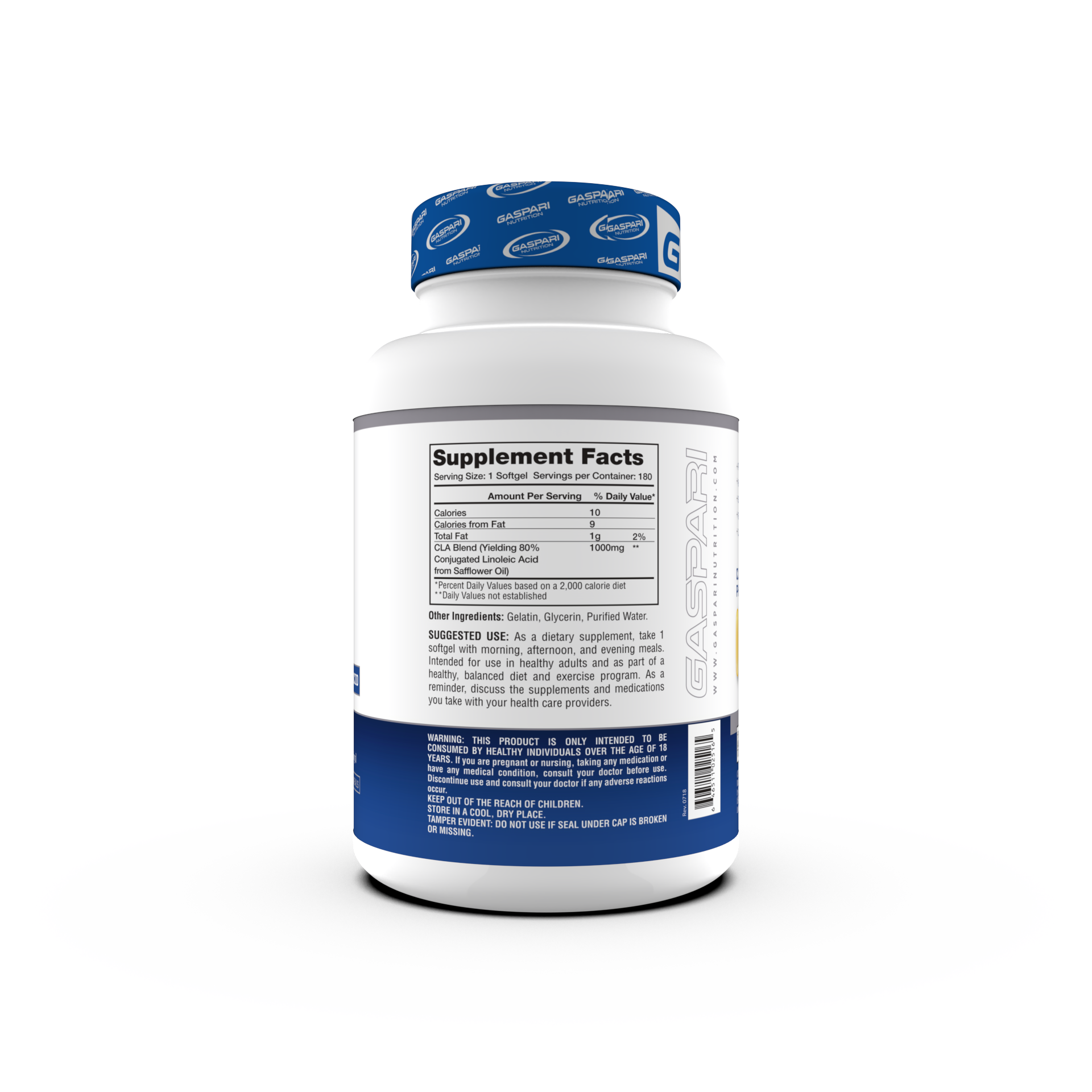


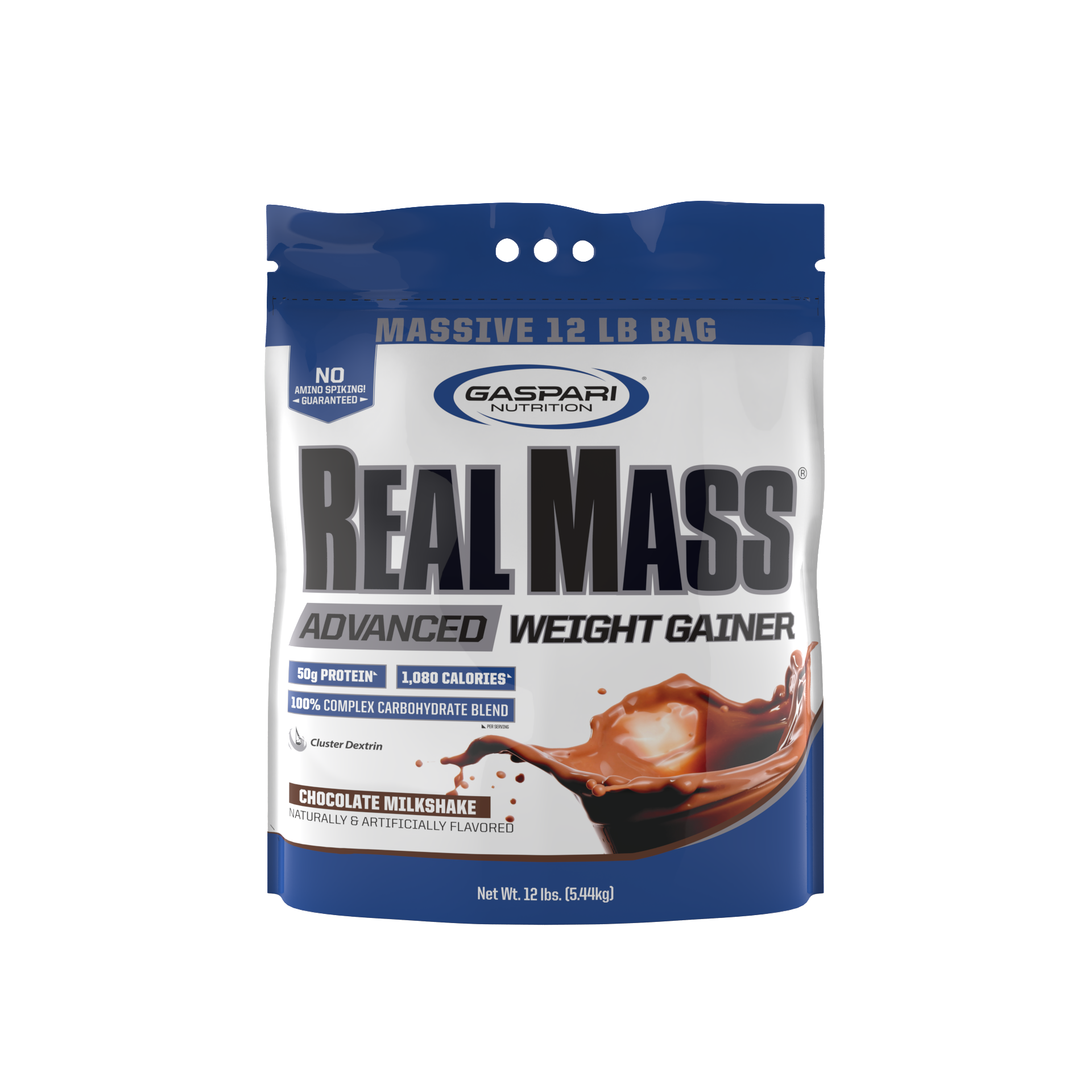
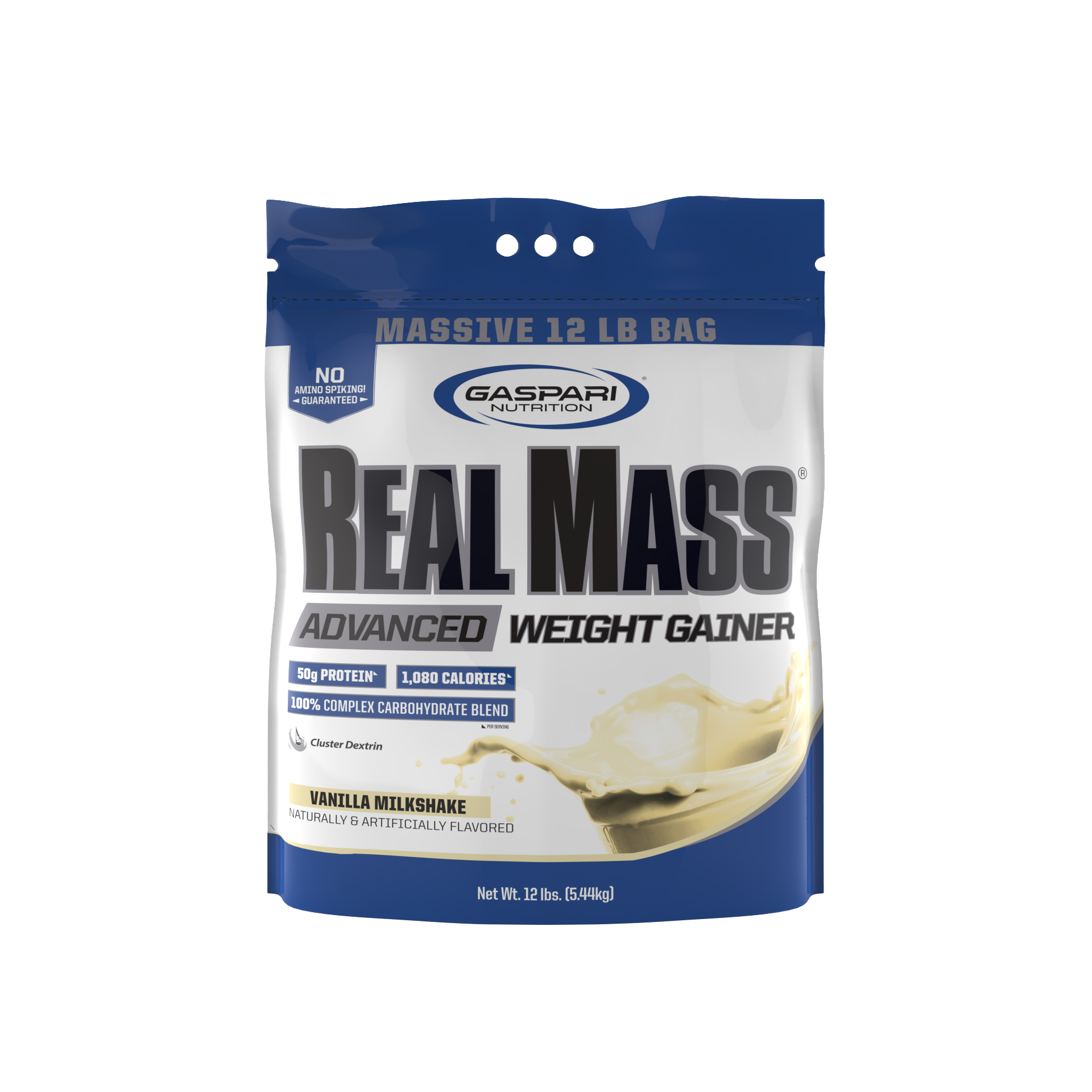


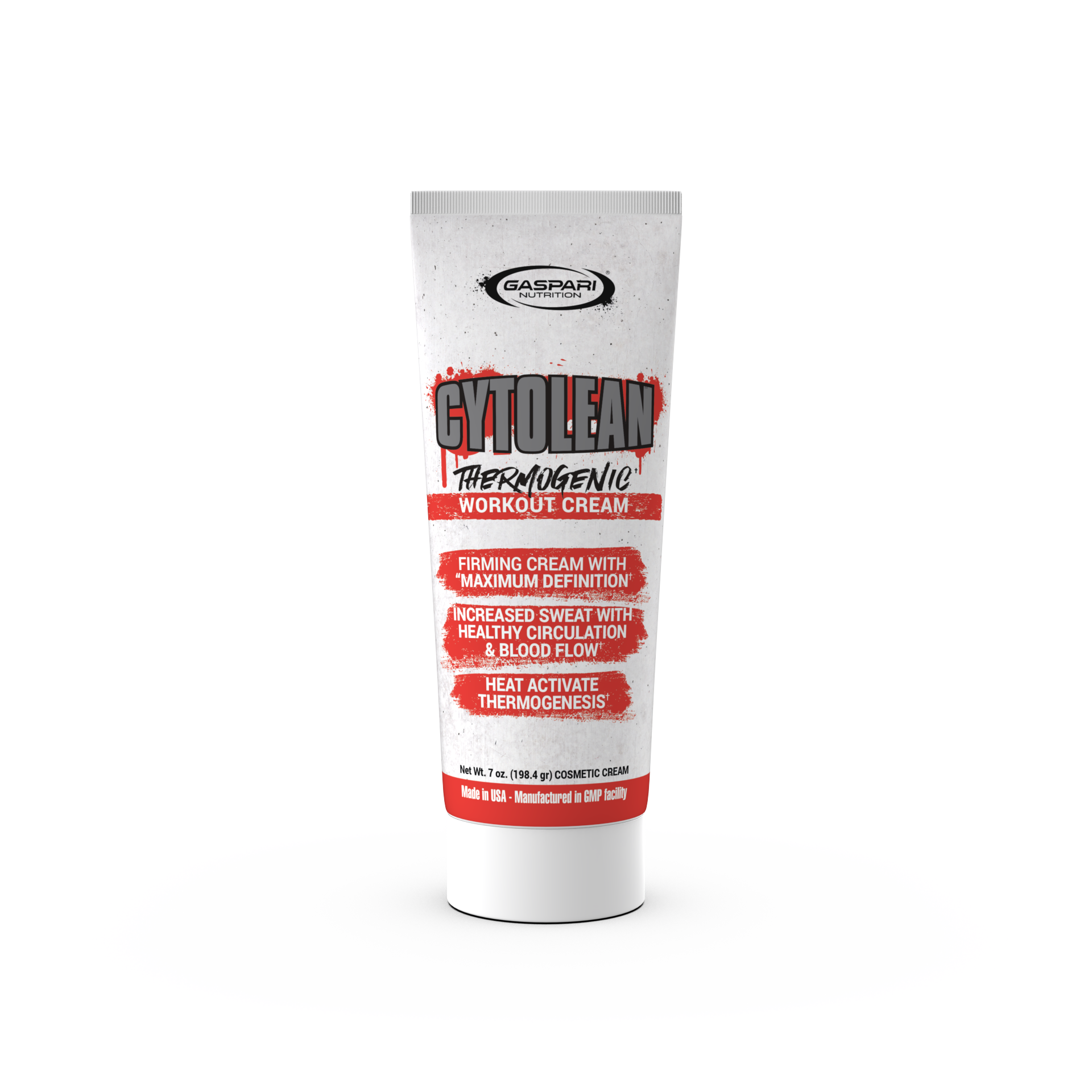


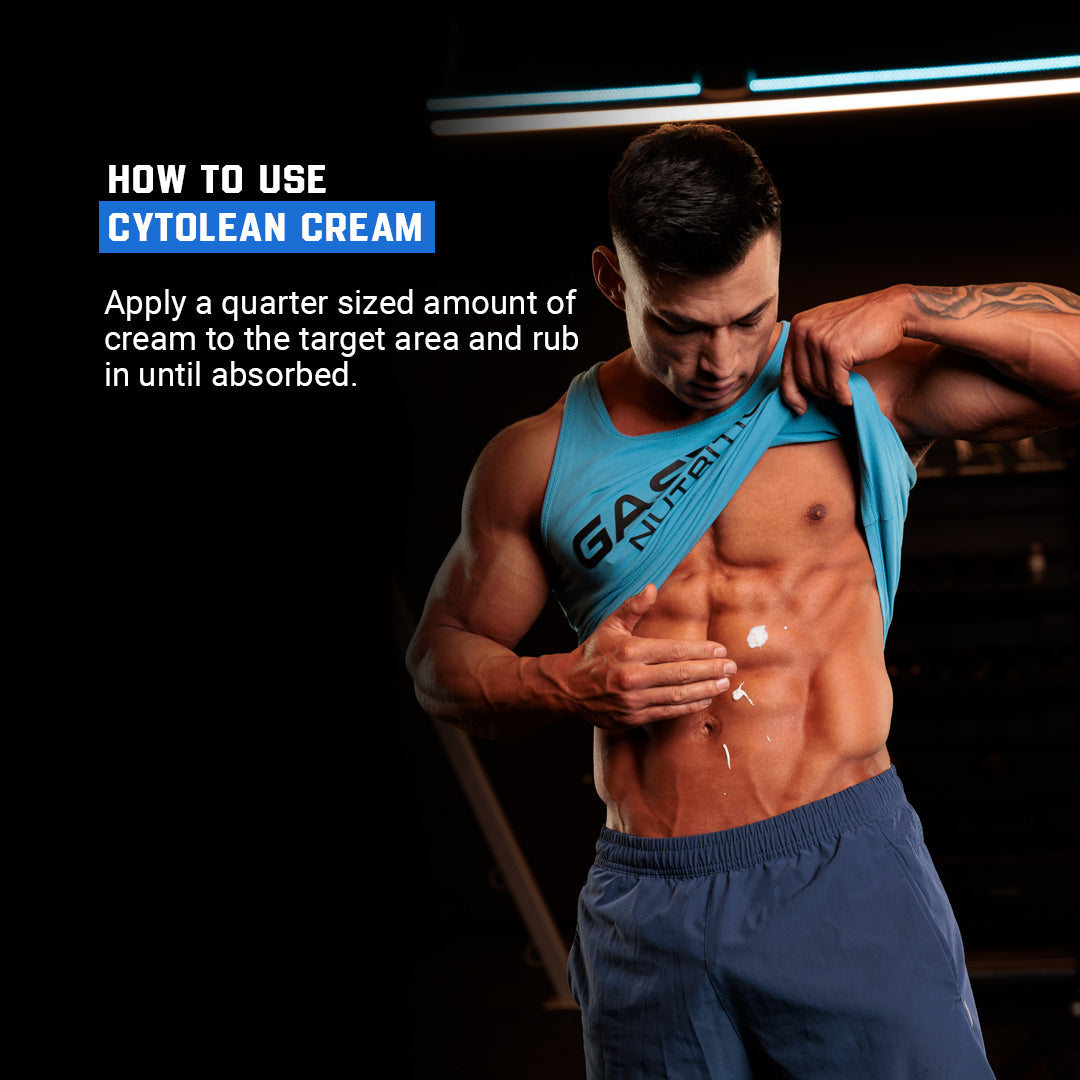


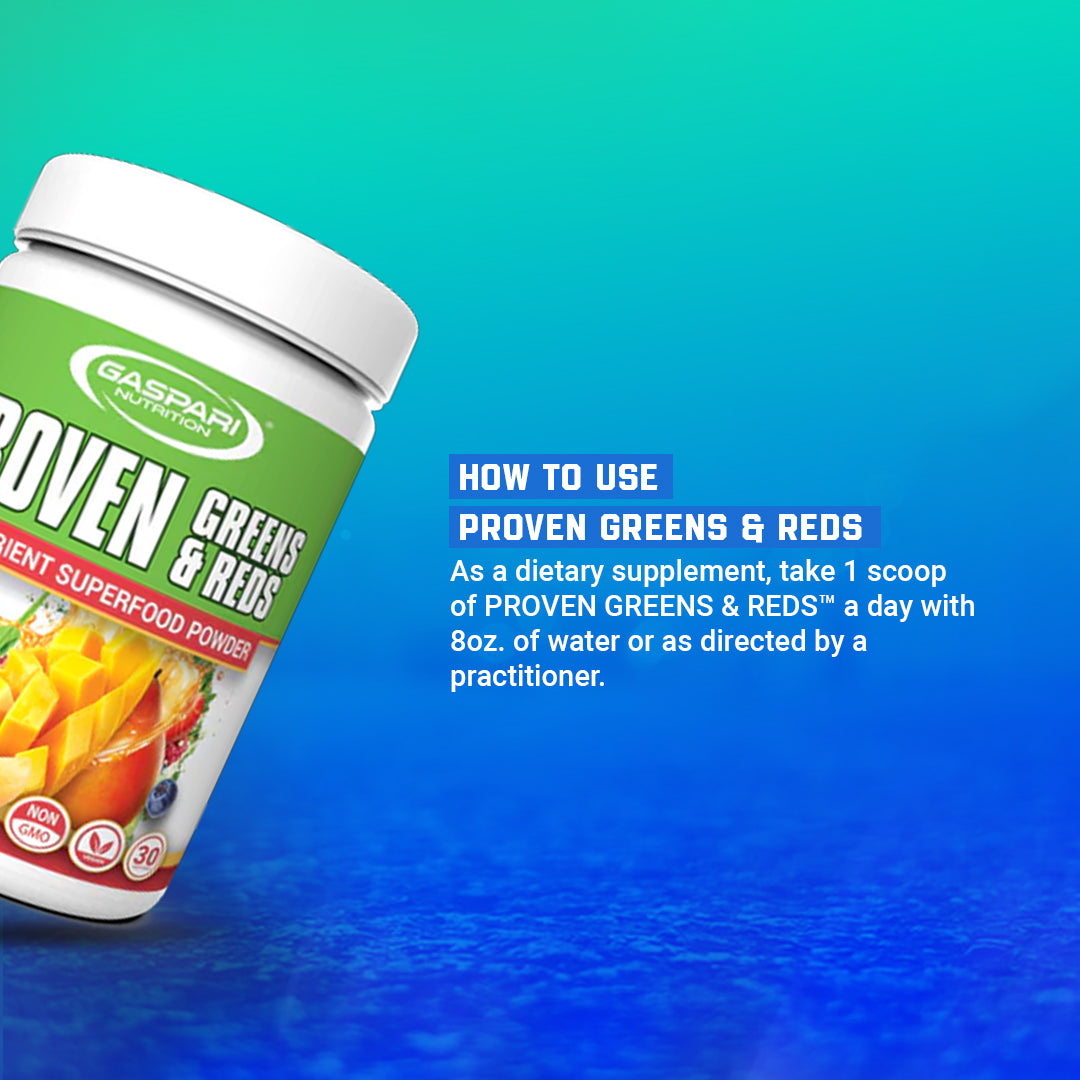


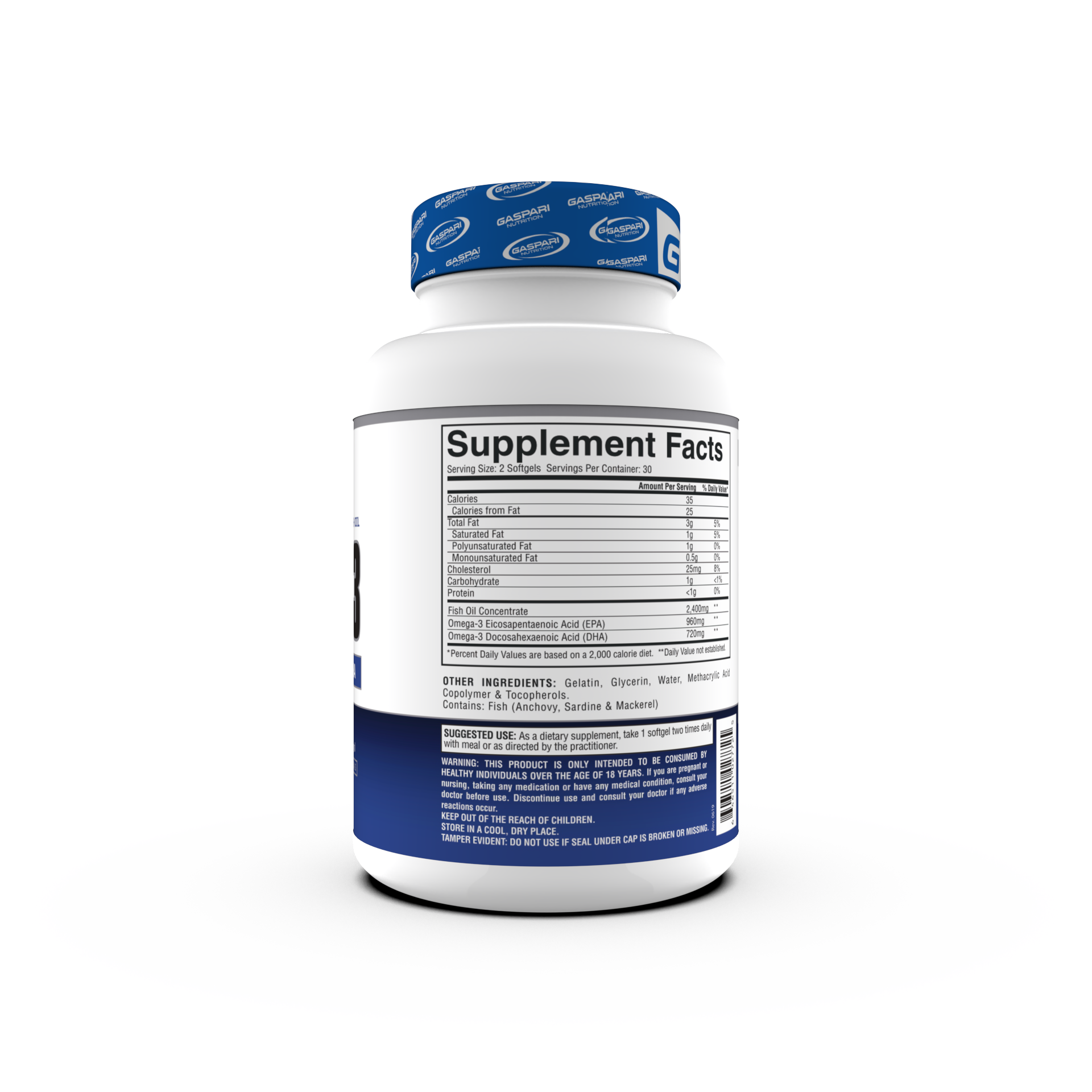


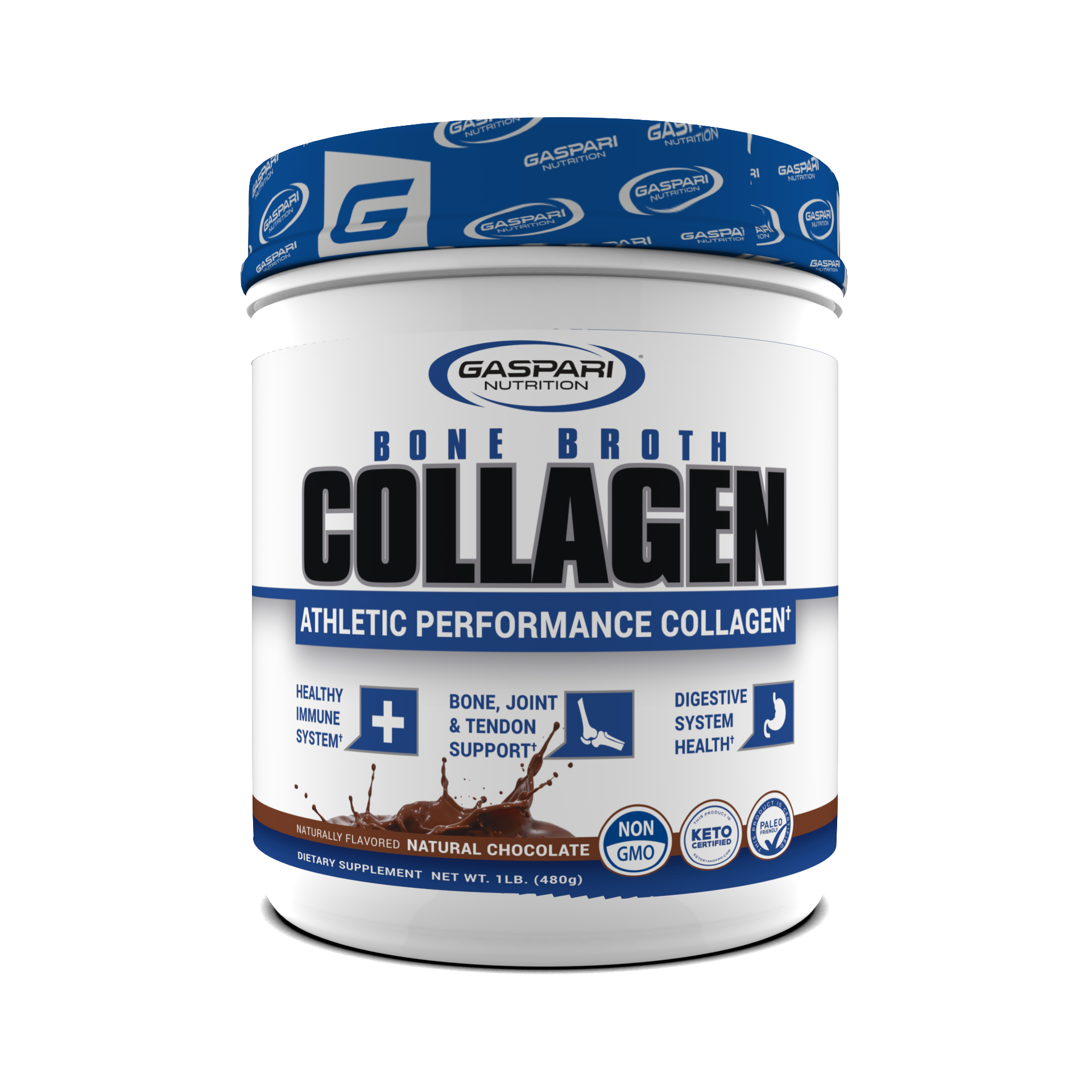





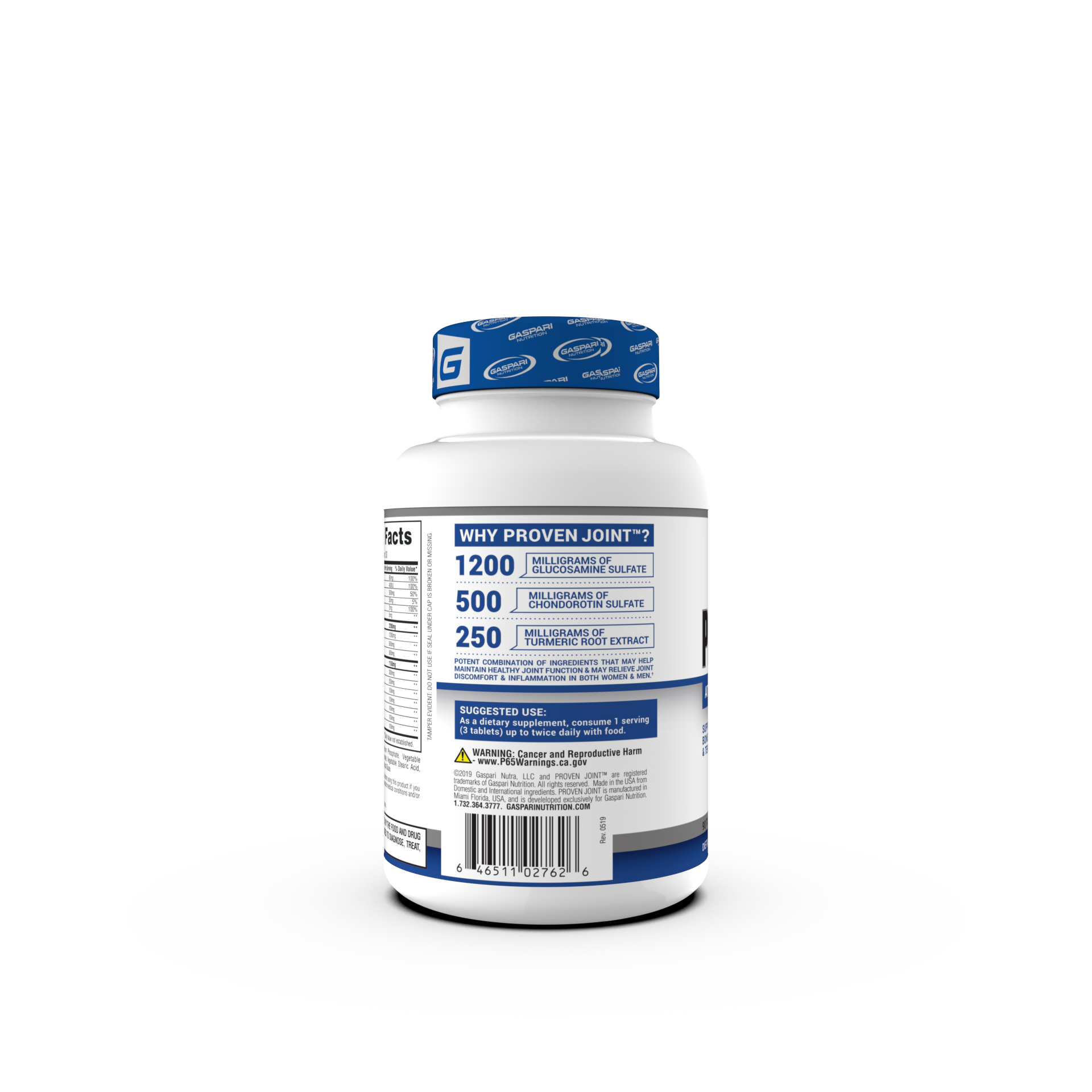



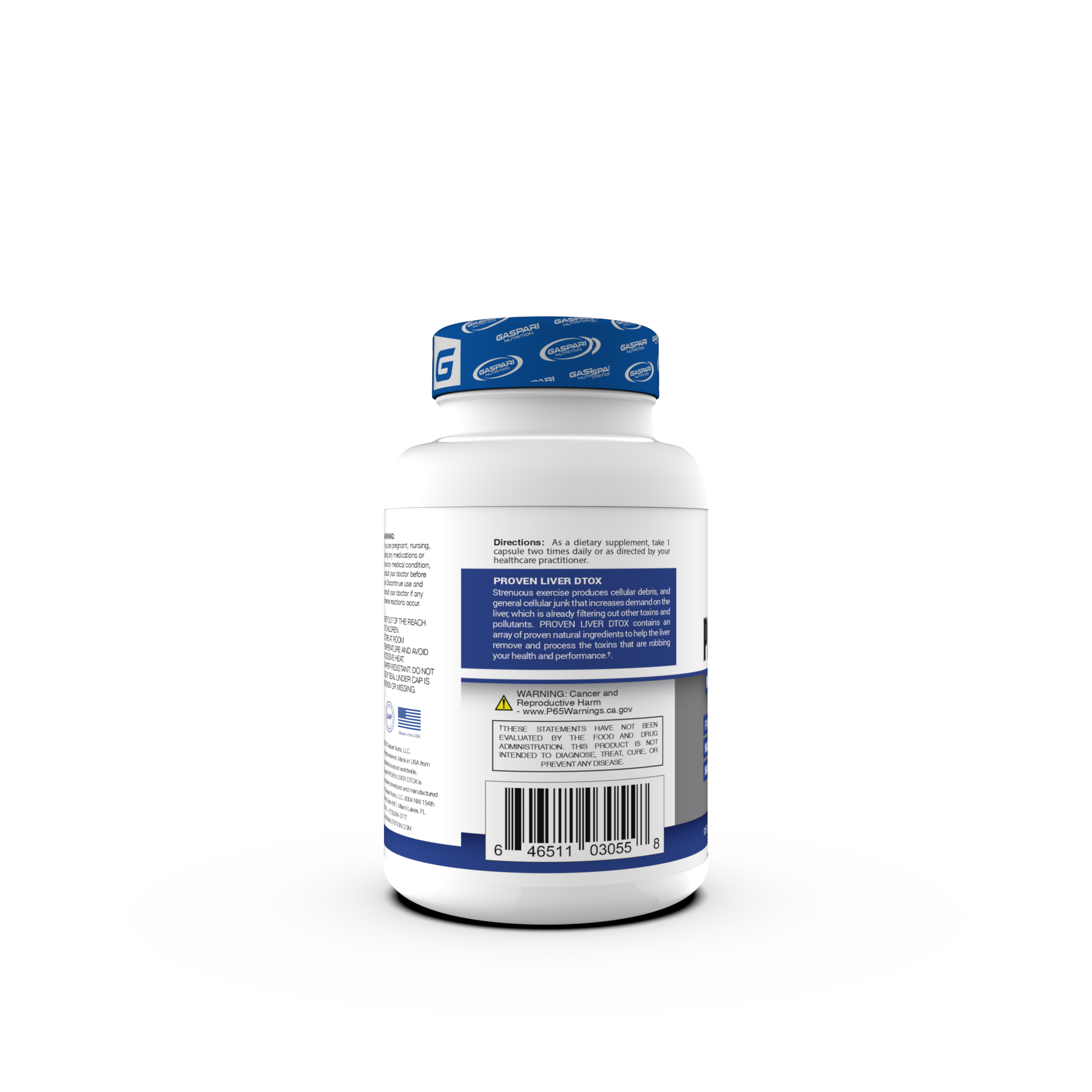

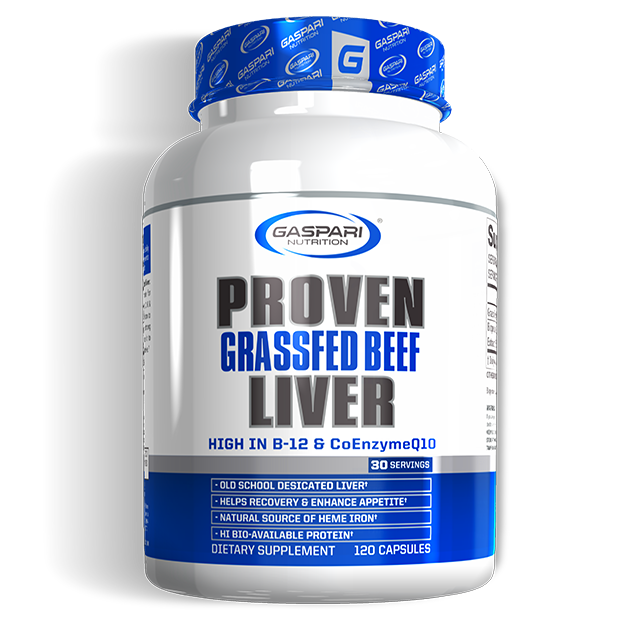

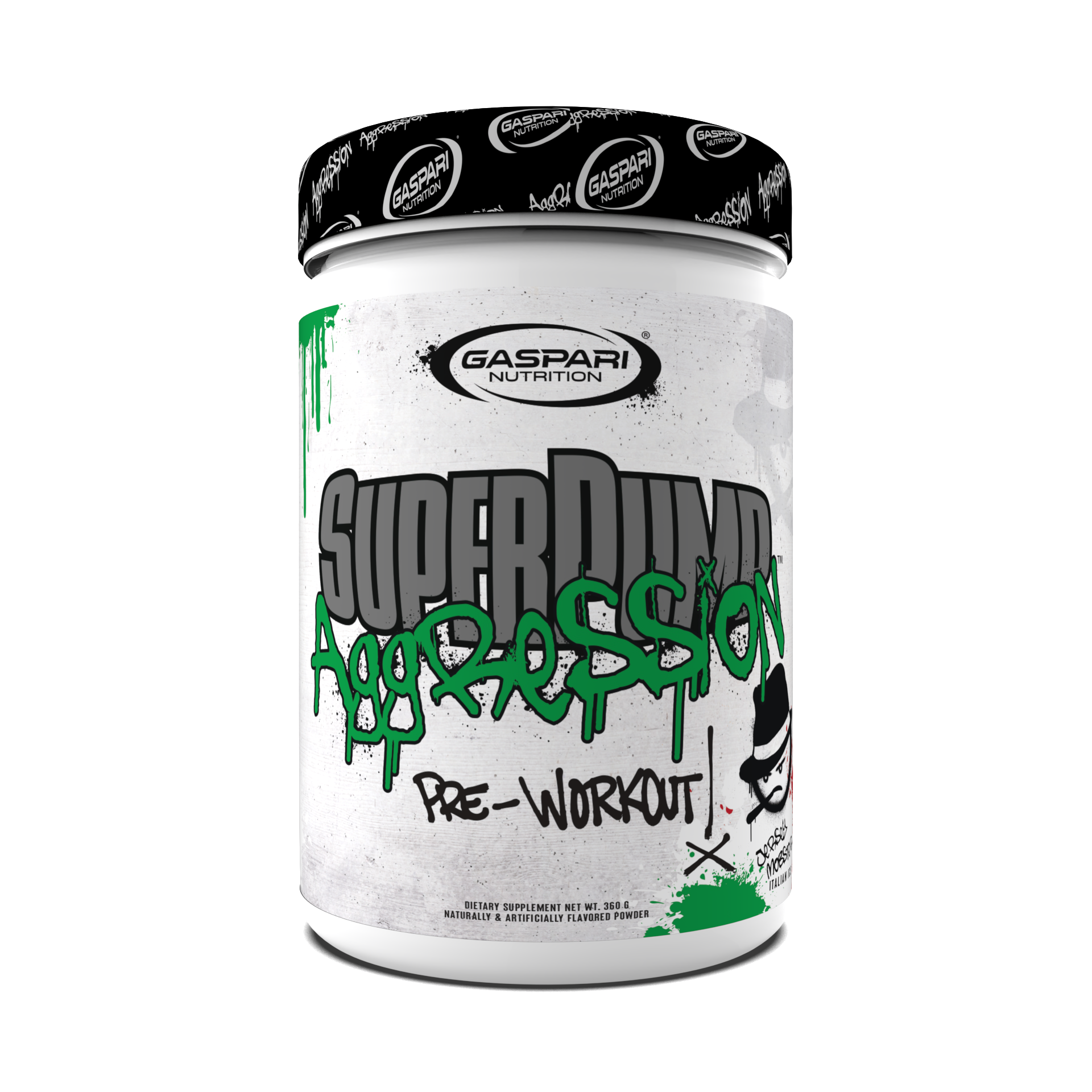



Share:
Team Gaspari TACTICAL PRECISION workout
Best Protein For Muscle Repair